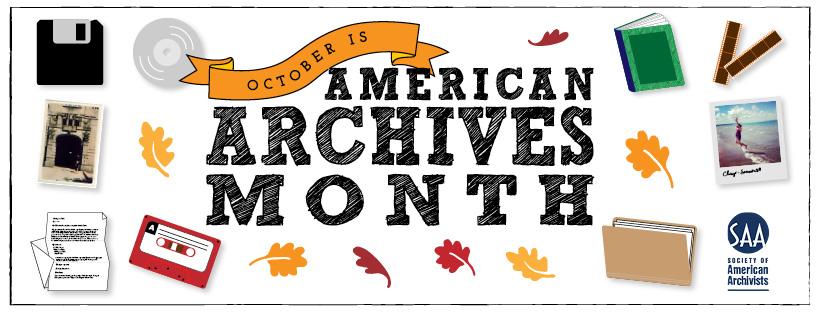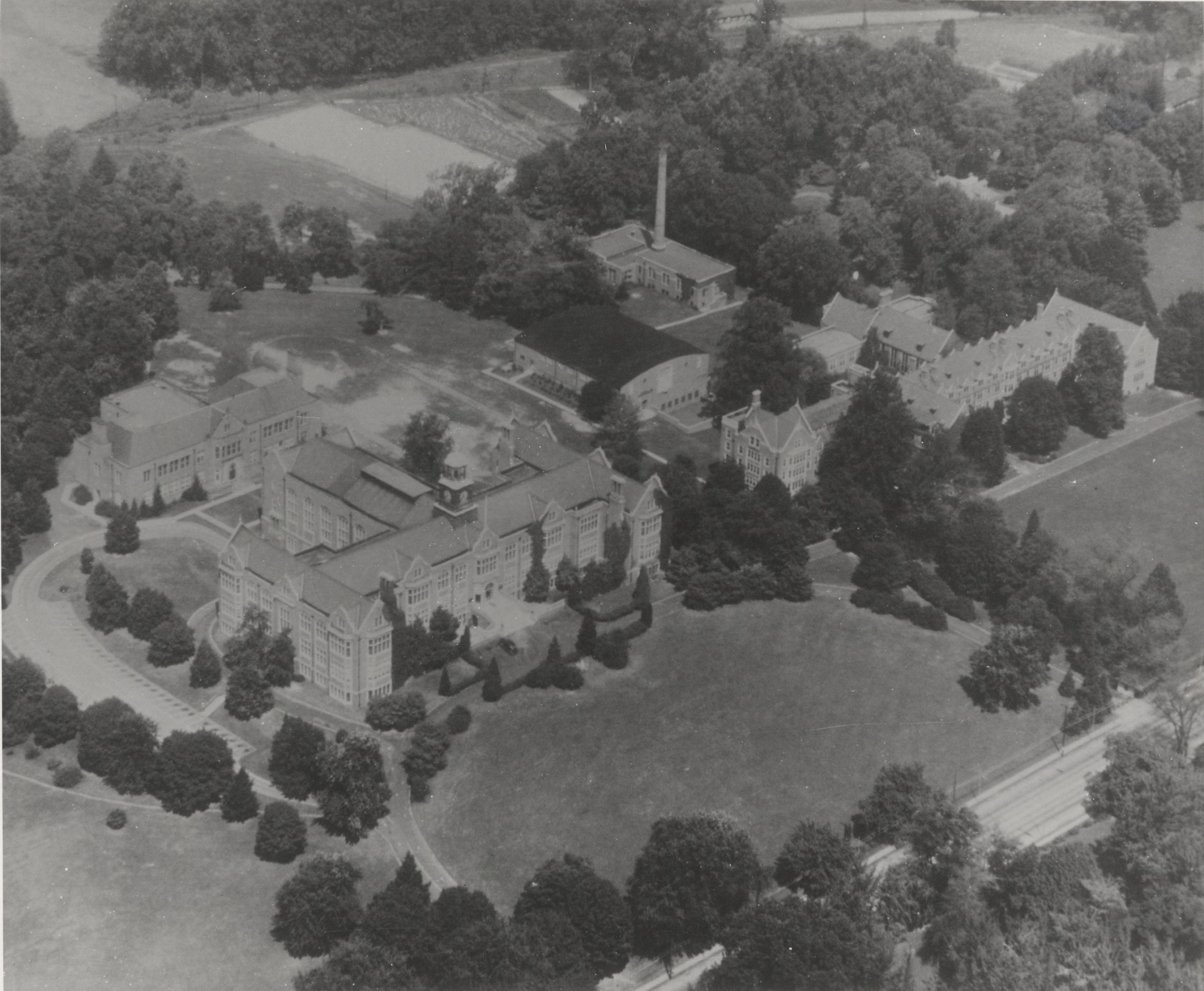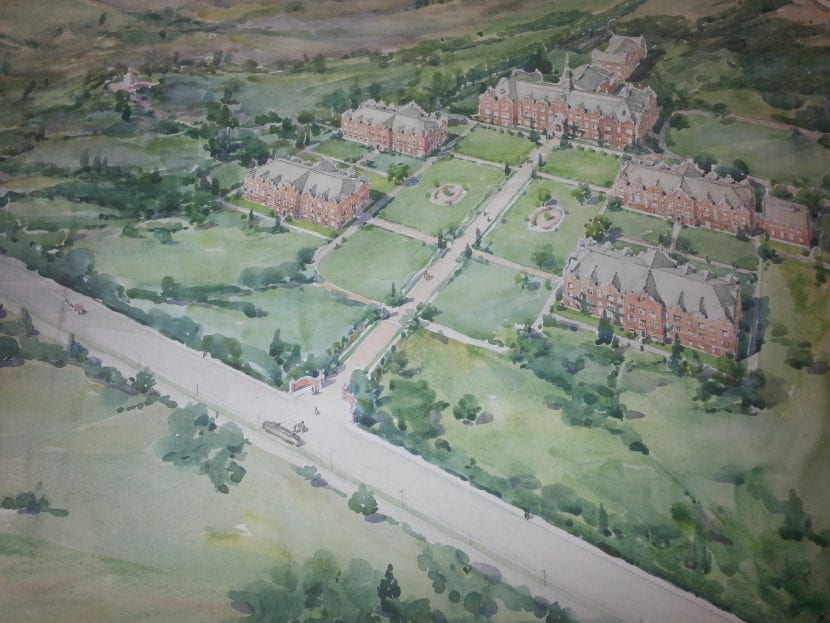
We’re celebrating this month by sharing some favorite images and resources to tell the story of how campus was established and how it’s grown for over 100 years.
How It Started, 1913-1915
In January 1913, Maryland bought five farms outside the town of Towson. These five farms were sold to the state by John J. Nelligan, who had bought four of them from his neighbors. Altogether, they comprised almost 75 acres of land for the new campus of the Maryland State Normal School.
There were already numerous structures on campus including farmhouses, barns, summer houses for wealthy Baltimoreans, and even a roadhouse called the Six-Mile House.

Construction of the new buildings needed for the Maryland State Normal School began the following fall and by September 1915, a power plant, dormitory, and administration/classroom building were ready for students. This last building, now known as Stephens Hall, held all the classrooms and office spaces the school needed but also housed an auditorium, the library, an elementary school which we called the model school as it modeled teaching standards for MSNS’ student teachers, and even a cafeteria.
Enrollment at MSNS was mostly steady at about 300 students a year. This number plunged during World War I, but began a steady climb upwards soon after the war ended.
Between the World Wars
The first additional building constructed on campus was Richmond Hall, a new dormitory. The building was named after Sarah Richmond who graduated from MSNS in 1866 and stayed on as a faculty member and administrator. She became principal of MSNS in 1909 and was determined to move the campus from Baltimore to a larger parcel of land. She is why we are Towson University. Richmond Hall opened in 1923, just as enrollment skyrocketed due to a few factors.
First, another normal school, the Baltimore Teachers Training School (BTTS), folded and faculty and students were merged into MSNS. Additionally, former MSNS principal, Henry Skinner West, had campaigned to elevate teacher salaries in the state, making the job more appealing. In 1922, the minimum pay for teachers in the state was $950 a year, which sounds like a tiny amount until you realize that it’s about $70,000 in today’s money. Prior to 1922, the minimum pay had been $800 or about $53,000 in today’s money. Finally, a recruitment film entitled “The Call of the Hour” was released and perhaps also inspired more people to consider the vocation. Students who
By 1922, the school had 500 students and in 1924, that number doubled due to the shuttering of BTTS. While it would settle down again, particularly in the early 1940s as the world advanced towards war, there was already a need for more facilities on campus.
In 1934, an elementary school was constructed to move the model school out of the Administration Building. This building would be renamed twice. In 1944 it would be called the Lida Lee Tall School after our sixth school leader. A new Lida Lee Tall building was constructed in 1960 and at that point the building was given its current name, Van Bokkelen Hall. Libertus Van Bokkelen wrote the state law in 1864 that used state taxes to pay for public education and teachers education.
One other building was constructed during this time and that was a large gymnasium that sat just behind Stephens Hall. It was finished in 1942, and eventually named after President M. Theresa Wiedefeld, 1904 graduate of MSNS. She was instrumental in shepherding the school, renamed the State Teachers College at Towson (STC), through World War II and beginning our junior college program. This program was a way to attract soldiers returning with GI Bill money, which meant a growth in male students. This would pose a problem for a campus with no dormitories designated for men.

